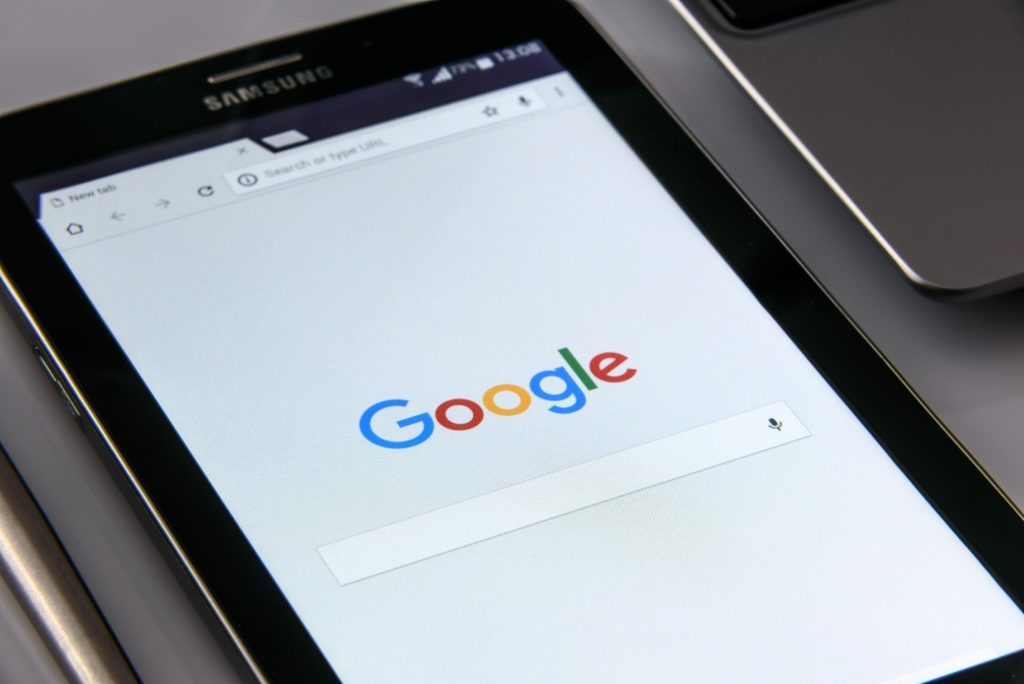
No matter what the industry is, B2B paid search is one of the most competitive, expensive direct response marketing channels out there. If your campaign isn’t constantly being optimized and tweaked for success, you’ll get left behind by your competitors.
Your priorities for your B2B campaigns should be reducing avg. Cost Per Conversion, testing new creative assets like landing pages, & setting up remarketing to drive extra conversion volume.
As you work on driving conversions though, and optimizing your landing pages, keywords and targeting, don’t forget about ad copy.
Everyone knows that ad copy is an important part of your paid search campaigns – but do you realize the right ads can often make or break your marketing plans for the quarter? After all, the entire sales cycle starts with a single click.
That’s where your ad copy comes in. Being able to effectively write ads that drive clicks & conversions is valuable skillset that you need to master to lift your campaigns’ performance over time.
Below are some simple and effective tips to help spike your campaign CTR and get more qualified B2B clicks to your landing pages:
1) Use Appropriate CTAs Throughout the Buying Cycle
One of the most significant differences between B2B and B2C paid search copywriting is the CTAs you include in your ads.
In the B2C world, there is often just one decision-maker in the buying process – so a call to action like “Add to Cart” or “Buy Now” works just fine in your ad.
In the B2B world, products are a lot more expensive – so the sales cycle is longer, multiple stakeholders are involved, and there are several different stages of purchase throughout.
Instead of only focusing on getting someone to buy, use CTAs like “Contact us today”, “Learn more”, or “Download our free report” to better address stakeholders that are going through various stages of research before they sign up for your enterprise software (valued in excess of $XX,XXX).
Since these researchers/buying personas have to ensure C-level executives sign off on the product purchase and need to typically sign up for a trial, schedule a demo, etc. you want to be prepared for this with a landing page and ad copy strategy that helps them along the buying journey.
2) Qualify Before the Click
You need the right people – qualified people – to click on your ads. If someone can’t be a lead for your business, do you want to spend money on them?
This ties back to 1) knowing the profile of your ideal buyer inside & out and 2) ensuring that B2C consumers aren’t mistakenly clicking on your ads, believing your enterprise product is a good fit for them.
The latter is often a big problem. Often, B2B paid search campaigns will drive lots of B2C consumer traffic, especially if your company or industry has a consumer product suite.

Your ad copy clearly identifies who it’s for by accomplishing two major objectives:
1) Save money on wasted clicks.
2) Qualify potential customers before the click, making them more likely to convert
Here are several ways to do that.
• Include Product Price: Giving people an idea of what your product costs should disqualify people who don’t have that budget.
• Include Stakeholder’s Job Title: Do you know if your market is made up of CFOs, developers, IT security executives? Try including “…solution for CFOs” and qualify the user in advance.
• Include Stakeholder-Relevant Messaging: Furthermore, you can call out specifically how your product makes their lives easier. For example, does your product integrate smoothly with their software of choice? Finance executives may be interested more so in price, rating, and guarantees. Software developers or executives might be more interested in software integration, how it compares to other solutions in market and so on.
• Include Industry Clients: Adding in some names of clients you have served in the vertical is a good way to paint a picture – that you’re their ideal solution.
• Include Qualifiers like “Enterprise” / Business Sizes: Using a qualifier like “enterprise” or “SMB” to communicate who your product is for.
3) Focus on Customer Pain Points & Product Benefits
With only moments to capture attention, you must communicate your solution as effectively as possible.
Most people simply aren’t looking for a list of features or aren’t well-researched enough to understand why those features are good for them. At the end of the day, most people care about…
• Can this product solve my problem?
• How does this product make our lives easier?
• How easy is it to use?
These are some typical pain points of the average B2B product buyer. They click on ads because they believe what you’re offering can solve their problem.
You need to ensure that your ad copy addresses these pain points as clearly as possible. The reality is, most people don’t care about the work you’ve put into your product. They care about how you can help them address a problem that needs to be solved.
Will you help save them money?
Will you shorten or streamline a frustrating process?
Will you help improve their ability to fulfill their obligations?
Getting specific with percentages, stats, or even awards (i.e. voted top-rated analytics platform integration) is a good way to do so.

4) Bridge the Keyword and the Landing Page
I like to think of this as working backwards – any ad should contain pieces of messaging that is lifted from the landing page that it leads to.
What do you want them to do on this landing page? Convert? Read something?
Tailored ad copy that is consistent with the messaging on the landing page helps decrease bounce rates and improve your Quality Score – which leads to lower costs per click.
However, you should also ensure that your ad contains the search keyword (Ideally by having small-sized ad groups) and understands the pain point behind the search.
Once you’ve identified the problem that triggers their search query, your goal is to bridge the keyword and the landing page by speaking to that pain point, while at the same time letting them know exactly what you’re offering.
The ideal ad accomplishes both goals.
Conclusion
Keeping the above tips in mind is a great way to lay a foundation for high-CTR, high-conversion ad copy in your B2B paid search account.
If you’re looking for a way to improve performance in either of those areas, why not try out some of the times above and see if they don’t improve performance.
We look forward to seeing your results!

